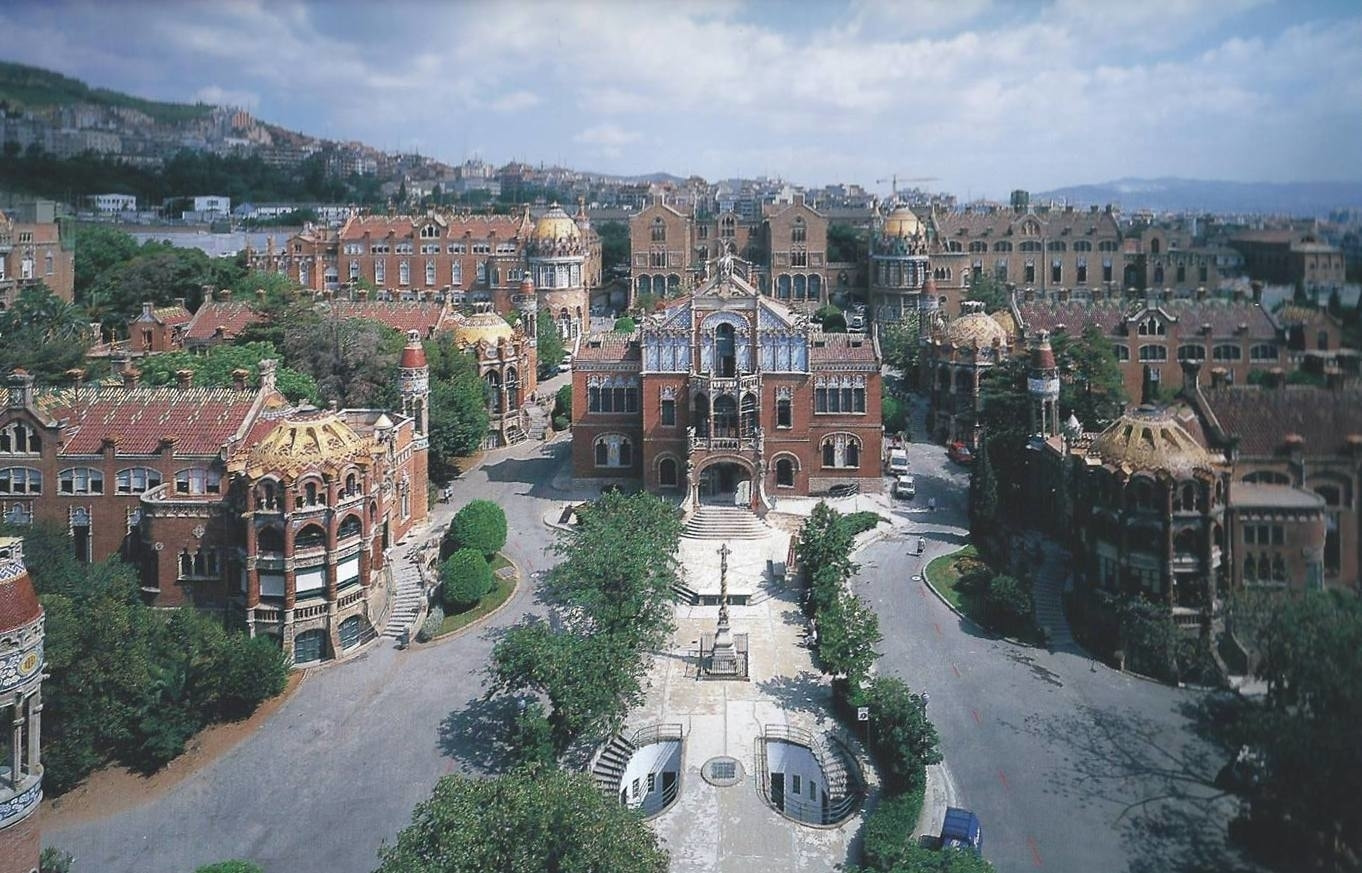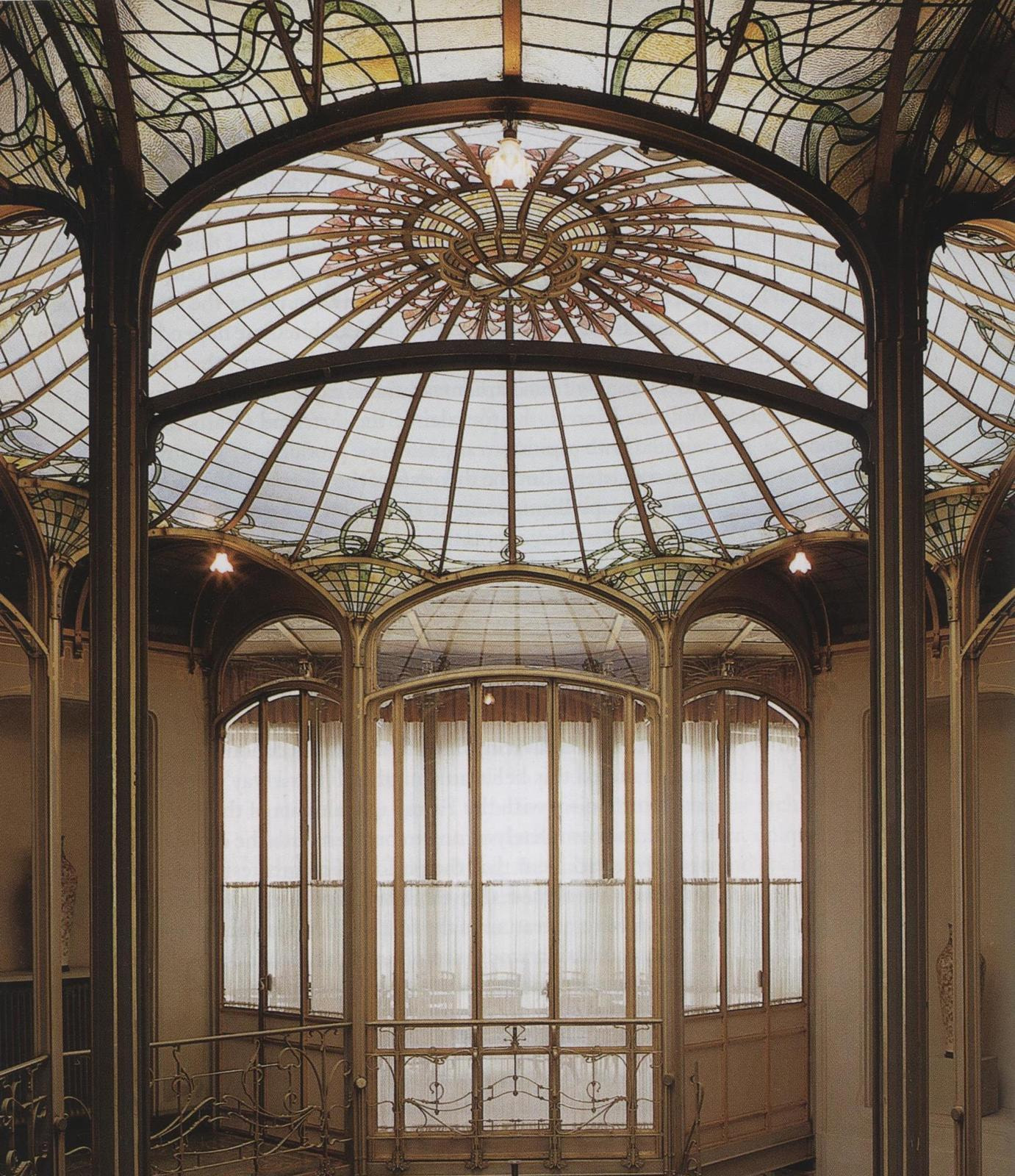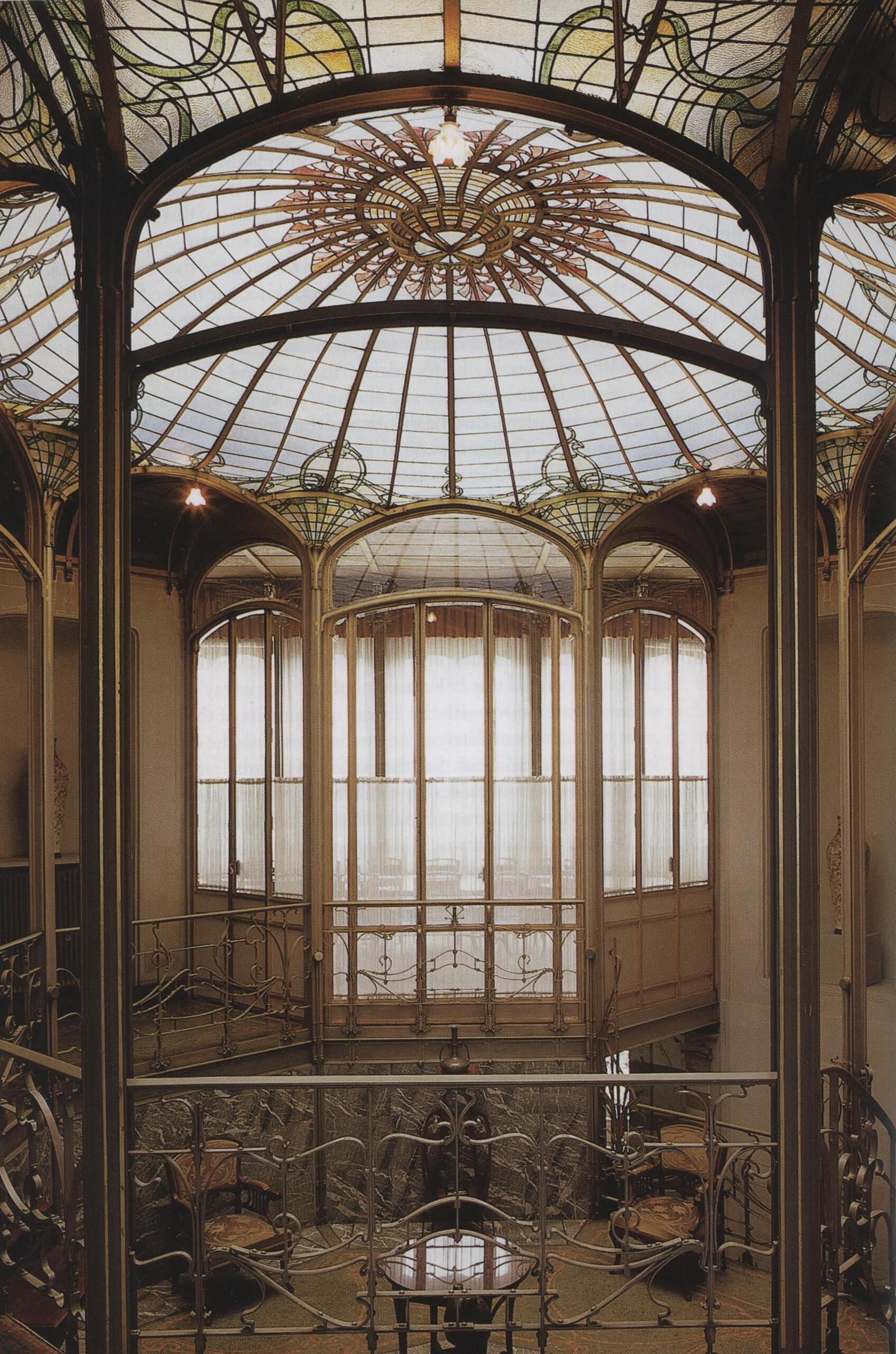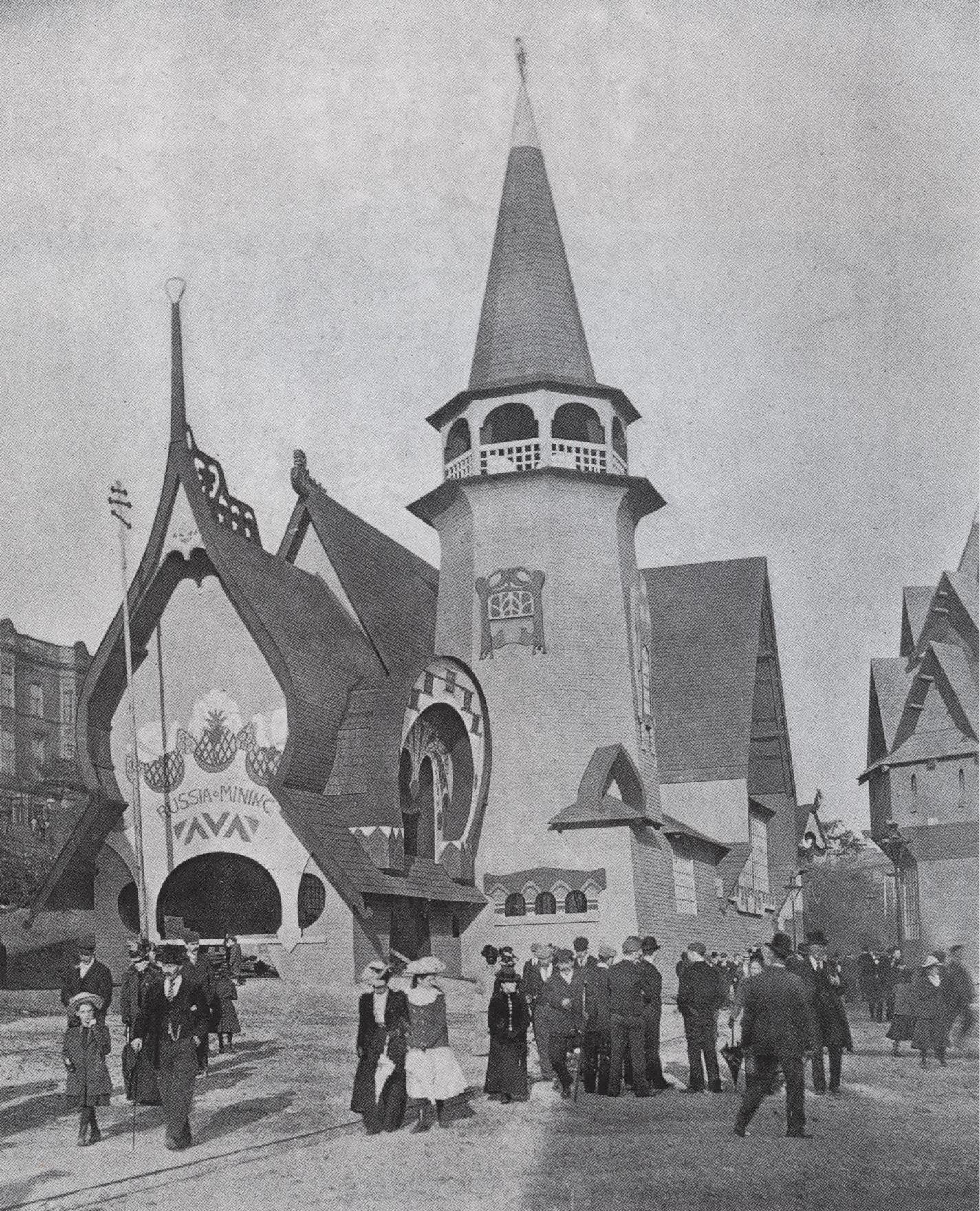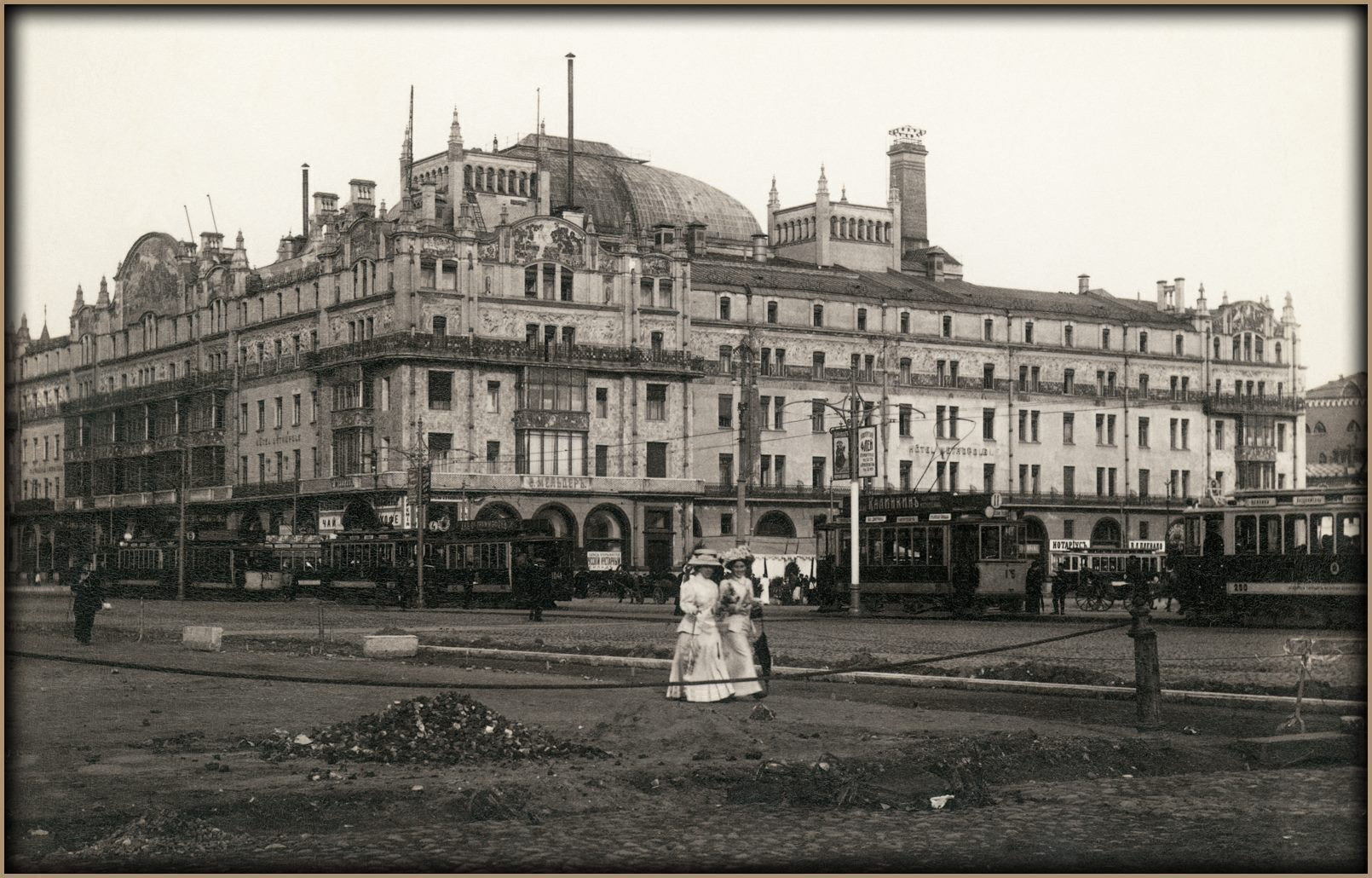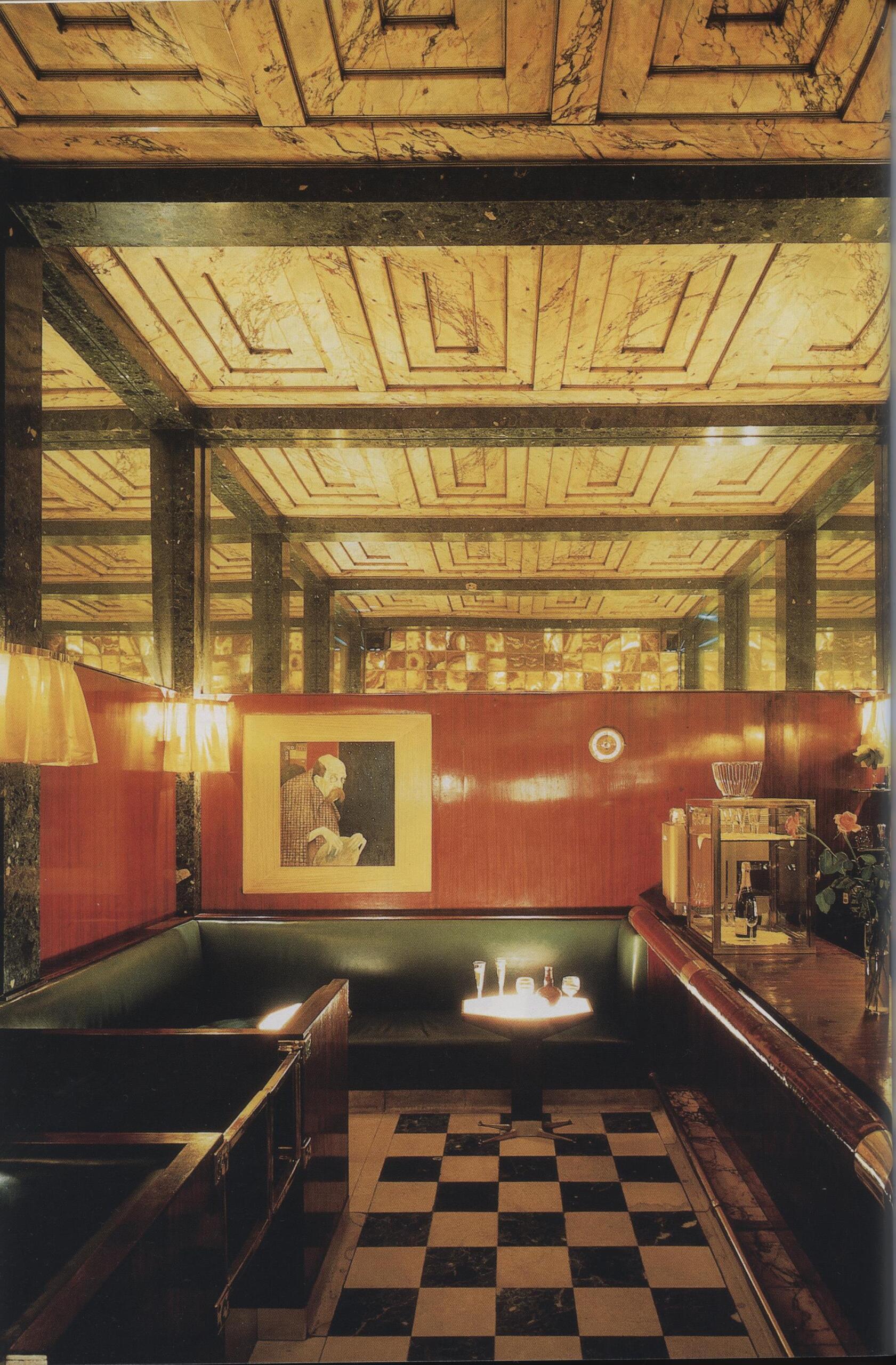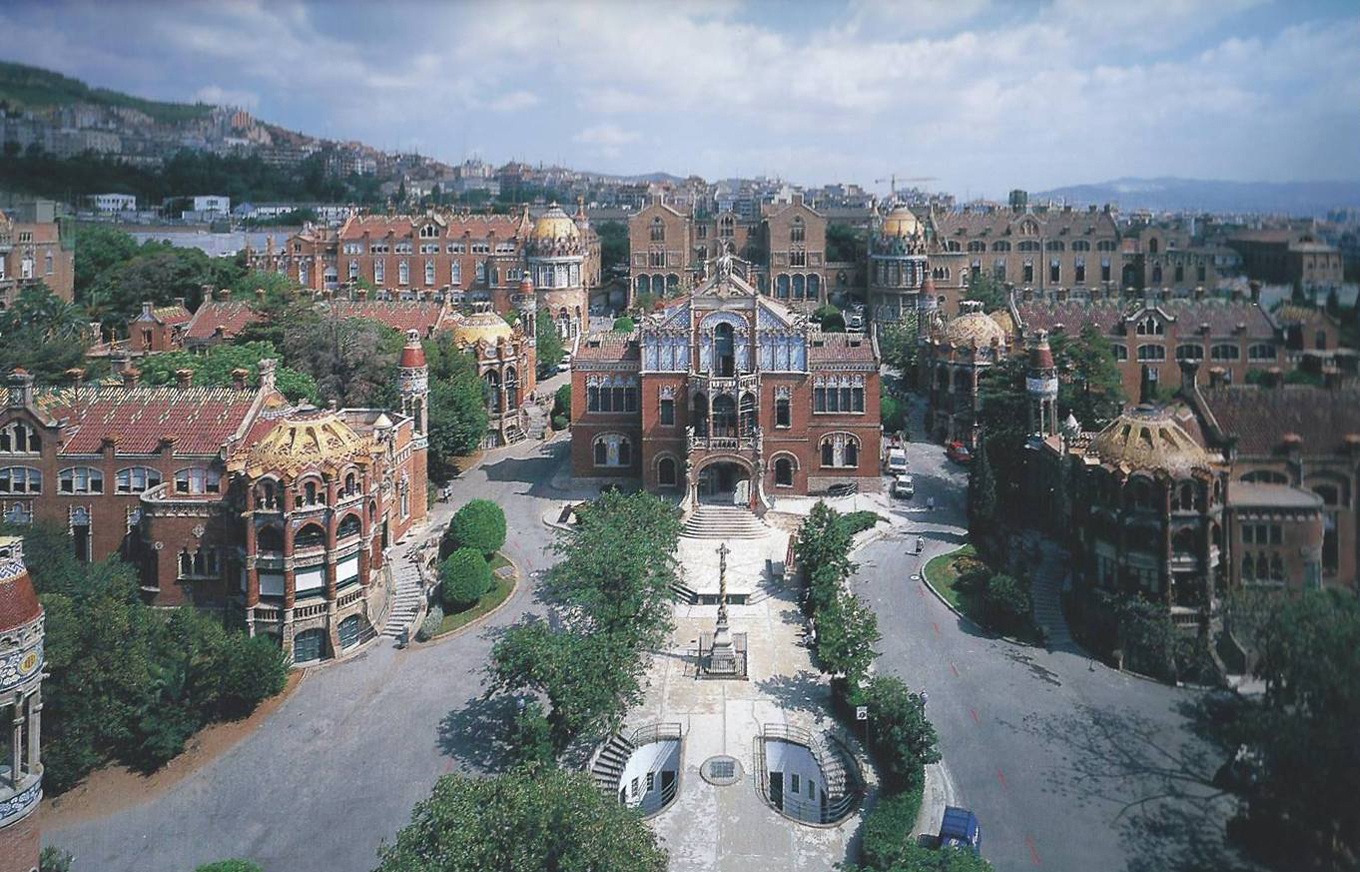A lecture on the new ways of constructing space and the end of historical referencing in ornamentation.
The division between the constructive basis of buildings and the decoration of their facades had dominated and deepened for most of the 19th century: rooms had to fit into a strictly predetermined volume. By the end of the century, a number of architects who were dissatisfied with this state of affairs began to apply new design principles by “sculpting” volumes from the inside out, giving priority to the functions of rooms and rejecting planar facades and a regular grid of windows. At the same time, historical decorative motifs lost popularity, being replaced by stylized natural forms. The integration of styles became the most important value. The entire human environment, from architecture to household arrangements and clothing, was conceived as a synthetic work of art.
The lecture will focus on the works of Otto Wagner, Henry van de Velde, Adolf Loos, Hector Guimard, Antoni Gaudí, Charles Rennie Mackintosh, Jože Plečnik, Fyodor Schechtel, Lev Kekushev, William Walcot and others.
